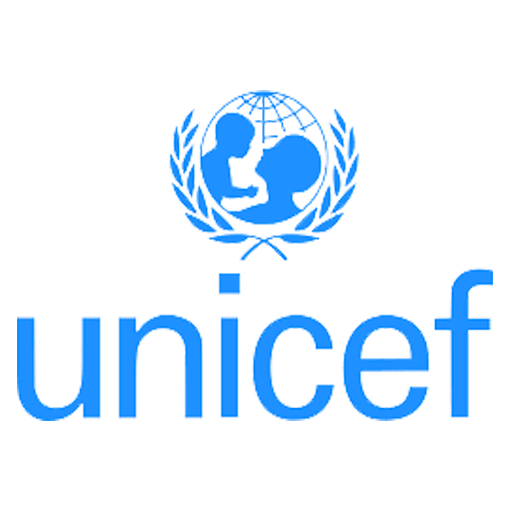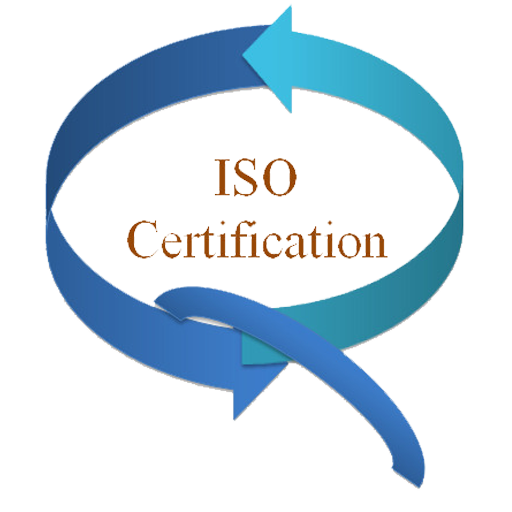Penicillin Drug
Penicillin, one of the first and still one of the most widely used antibiotic agents, derived from the Penicillium mold. In 1928 Scottish bacteriologist Alexander Fleming first observed that colonies of the bacterium Staphylococcus aureus failed to grow in those areas of a culture that had been accidentally contaminated by the green mold Penicillium notatum. He isolated the mold, grew it in a fluid medium, and found that it produced a substance capable of killing many of the common bacteria that infect humans. Australian pathologist Howard Florey and British biochemist Ernst Boris Chain isolated and purified penicillin in the late 1930s, and by 1941 an injectable form of the drug was available for therapeutic use.
The several kinds of penicillin synthesized by various species of the mold Penicillium may be divided into two classes: the naturally occurring penicillins (those formed during the process of mold fermentation) and the semisynthetic penicillins (those in which the structure of a chemical substance—6-aminopenicillanic acid—found in all penicillins is altered in various ways). Because it is possible to change the characteristics of the antibiotic, different types of penicillin are produced for different therapeutic purposes.
The naturally occurring penicillins, penicillin G (benzylpenicillin) and penicillin V (phenoxymethylpenicillin), are still used clinically. Because of its poor stability in acid, much of penicillin G is broken down as it passes through the stomach; as a result of this characteristic, it must be given by intramuscular injection, which limits its usefulness. Penicillin V, on the other hand, typically is given orally; it is more resistant to digestive acids than penicillin G. Some of the semisynthetic penicillins are also more acid-stable and thus may be given as oral medication.
All penicillins work in the same way—namely, by inhibiting the bacterial enzymes responsible for cell wall synthesis in replicating microorganisms and by activating other enzymes to break down the protective wall of the microorganism. As a result, they are effective only against microorganisms that are actively replicating and producing cell walls; they also therefore do not harm human cells (which fundamentally lack cell walls).
Some strains of previously susceptible bacteria, such as Staphylococcus, have developed a specific resistance to the naturally occurring penicillins; these bacteria either produce β-lactamase (penicillinase), an enzyme that disrupts the internal structure of penicillin and thus destroys the antimicrobial action of the drug, or they lack cell wall receptors for penicillin, greatly reducing the ability of the drug to enter bacterial cells. This has led to the production of the penicillinase-resistant penicillins (second-generation penicillins). While able to resist the activity of β-lactamase, however, these agents are not as effective against Staphylococcus as the natural penicillins, and they are associated with an increased risk for liver toxicity. Moreover, some strains of Staphylococcus have become resistant to penicillinase-resistant penicillins; an example is methicillin-resistant Staphylococcus aureus (MRSA).
Penicillins are used in the treatment of throat infections, meningitis, syphilis, and various other infections. The chief side effects of penicillin are hypersensitivity reactions, including skin rash, hives, swelling, and anaphylaxis, or allergic shock. The more serious reactions are uncommon. Milder symptoms may be treated with corticosteroids but usually are prevented by switching to alternative antibiotics. Anaphylactic shock, which can occur in previously sensitized individuals within seconds or minutes, may require immediate administration of epinephrine.
Discovery of penicillin
The first description of penicillin was published in 1929 by the Scottish bacteriologist Alexander Fleming. Fleming had been studying staphylococcal bacteria in the laboratory at St. Mary’s Hospital in London. He noticed that a mold had contaminated one of his cultures, causing the bacteria in its vicinity to undergo lysis (membrane rupture) and die. Since the mold was from the genus Penicillium, Fleming named the active antibacterial substance penicillin. At first the significance of Fleming’s discovery was not widely recognized. It was more than 10 years later before British biochemist Ernst Boris Chain and Australian pathologist Howard Florey, working at the University of Oxford, showed that a crude penicillin preparation produced a dramatic curative effect when administered to mice with streptococcal infections.
The production of large quantities of penicillin was difficult with the facilities available to the investigators. However, by 1941 they had enough penicillin to carry out a clinical trial in several patients with severe staphylococcal and streptococcal infections. The effects of penicillin were remarkable, although there was not enough drug available to save the lives of all the patients in the trial.
In an effort to develop large quantities of penicillin, the collaboration of scientists at the United States Department of Agriculture’s Northern Regional Research Laboratories in Peoria, Ill., was enlisted. The laboratories in Peoria had large fermentation vats that could be used in an attempt to grow an abundance of the mold. In England the first penicillin had been produced by growing the Penicillium notatum mold in small containers. However, P. notatum would not grow well in the large fermentation vats available in Peoria, so scientists from the laboratories searched for another strain of Penicillium. Eventually a strain of Penicillium chrysogenum that had been isolated from an overripe cantaloupe was found to grow very well in the deep culture vats. After the process of growing the penicillin-producing organisms was developed, pharmaceutical firms were recruited to further develop and market the drug for clinical use. The use of penicillin very quickly revolutionized the treatment of serious bacterial infections. The discovery, development, and marketing of penicillin provides an excellent example of the beneficial collaborative interaction of not-for-profit researchers and the pharmaceutical industry.
Click here for Download pdf of patient informationClick here for Download pdf of prescribing information








